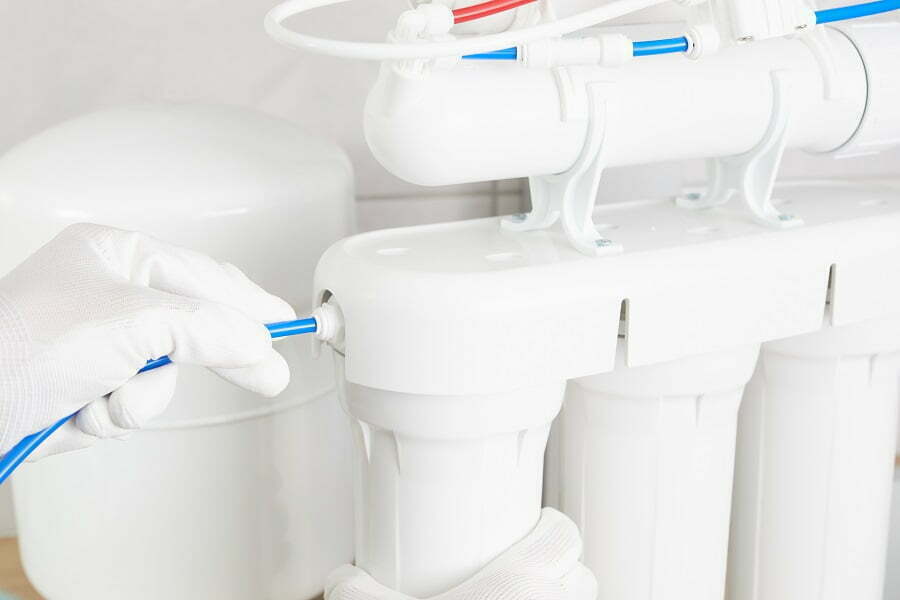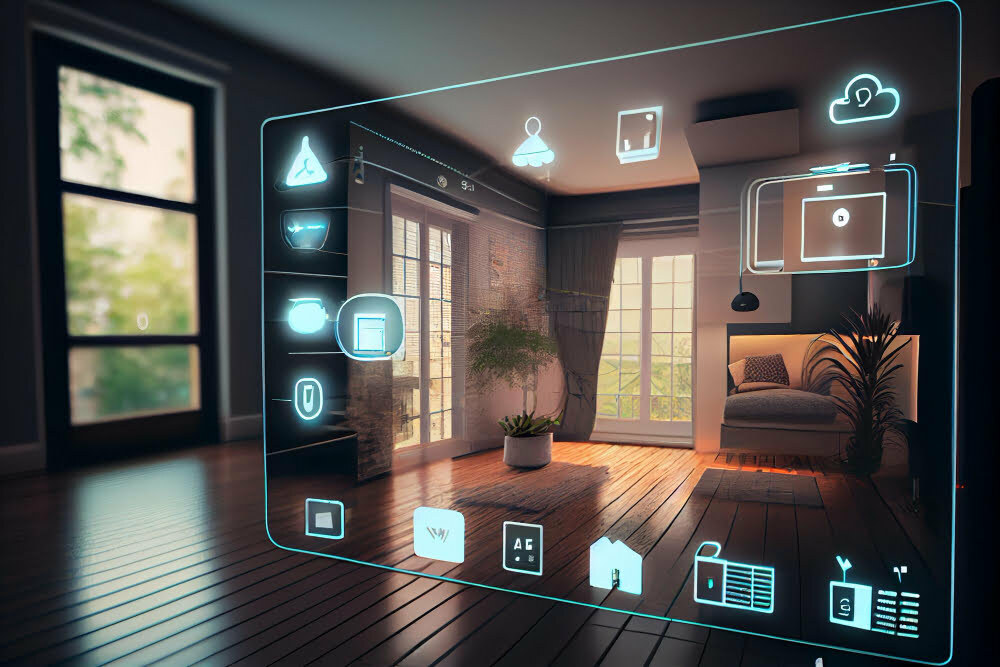Last updated on
Water is indispensable. Without it, life would be impossible. Yet, according to the World Health Organization, currently, 2.2 billion people globally do not have access to safe drinking water.
However, did you know that treating your water not only purifies it but also helps you save the environment simultaneously? Water treatment, such as filtration, gives you access to clean water and also eliminates the number of plastic bottles used. Consequently, this drastically reduces pollution. In addition, a water treatment system helps you save thousands of dollars on clean water.
Because of these benefits and the convenience associated with them, water filters and other systems make your house more valuable to potential buyers. But, with several options to choose from, it’s essential to understand how the different types of water treatment methods work.
Water Treatment Techniques

Safe and clean water for cooking, drinking, and even showering is crucial for a healthier lifestyle. While most water supplies are treated with high amounts of chlorine, hundreds of contaminants still show up in them commonly.
Depending on the type of problems plaguing your home water supply, different water treatment systems are configured to address the issue. To remove odors, foul taste, and even discoloration from untreated water, some of your options may include:
Point-of-Use Water Filters
The term “point-of-use” refers to a type of water filter installed at a specific location inside your home, most often beneath your kitchen sink. Point-of-use water filters only treat water at a single point.
When you turn on your faucet, water from your main supply passes through the filter at high speeds. This way, you immediately have access to clean and filtered drinking water. Unlike other filtration systems such as pitchers or portable filters which are standalone, POU filters don’t require manual refilling, making them a more appealing choice. In addition, having a point-of-use system allows you to customize the level and type of filtration. For example, if you’re looking for more alkaline drinking water but a neutral PH for showering, you can adjust your filters accordingly.
Compared to whole-house systems, point-of-use filters are easy to install and significantly inexpensive because they are smaller and only filter water for a single faucet. Furthermore, if you’re looking for countertop options that don’t require any installation, POU systems have a variety of options. However, it’s important to note that point-of-use water filters often don’t treat bacteria and viruses. Thus, you will require additional treatment such as UV filtration.
Other popular kinds of point-of-use water filters are refrigerator filters and faucet-mounted units.
Then there are other standalone types including filtered water bottles, and water filter pitchers and portable water filters mentioned before. Most of these filters are portable; thus, you can easily move them around with you.
Point-of-use filters also make wastewater treatment more effective. After water that has been treated by a POU system drains away, it is already free of harmful chemicals. This way, the water can be easily recycled, speeding up the process as no new chemicals are introduced when the water leaves your house.
Point-of-Entry Water Filters
Point-of-entry water filtration systems are always installed at your main water line – the first entry point for water into your home. Since this entry point is usually located within a garage, POE filters are installed in front of water heaters. This ensures both hot and cold water supply is filtered throughout your home.
Because they deliver treated water to all faucets and appliances, essentially the whole house, they are also known as whole house water filters. Unlike point-of-use systems, whole house water filters can treat thousands of gallons of water per day and have a higher filtration capacity. They are also larger in size, ranging from smaller mountable filters to tall, free-standing tank systems.
Point-of-entry filters are highly adaptable and can filter any type of water contaminants using different cartridges and media beds. Additionally, the higher capacity and volume of these water filters make them a more durable solution that requires minimum maintenance. Some filters only need to be replaced once in 5 to 7 years!
While point-of-entry systems are not the same as water softeners, they can remove harsh contaminants to a highly safe level with numerous health benefits. There is a variety of options to buy, but carbon whole house filters and reverse osmosis point-of-entry filters are the most popular options because they are inexpensive, require minimum maintenance, and are more eco-friendly. They specialize in filtering out sediments such as rust, chlorine, and harmful metals.
Pro Tip: As a consumer, you have to ensure that the system is installed by a professional and that you obtain water quality tests beforehand to make the most of your whole house filter.
Water Softeners
Hard water is a common household issue globally that contains high amounts of magnesium and calcium. While these minerals aren’t harmful or toxic, they can result in white deposits inside sinks, dishes, showers, and even electric appliances such as a kettle. What’s more concerning is that hard water dramatically affects the lather and rinsing abilities of shampoo, soap, and clothing detergent. In the long run, clothes appear dull or faded. Furthermore, your skin and hair might also feel drier than usual.
But, that’s not all. Hard water also affects plumbing systems, eventually leaving mineral deposits that can clog up over time. Fortunately, a simple and effective solution is to install a whole house water softener to complement other systems. Water softeners operate through an ion exchange process. During this, water passes through the system’s mineral tank and through the resin beads that are ion-charged. As the hard water is pushed through, these beads remove the mineral ions, replacing them with sodium.
Compared to the considerable amount of time and energy hard water consumes, a water softener is a cost-effective investment that can help you become more eco-friendly at home.
UV Purifiers
As their name suggests, UV water purifiers use ultraviolet light to disinfect water contaminated with germs. The intense rays produced by the UV light kill any living bacteria and organisms in the water so that they don’t make you feel unwell. This process effectively kills approximately 99% of microorganisms.
The only alternative to this treatment is using chlorine or other harsh chemicals that create toxic byproducts. These increase pollution in the environment and can pose health risks. UV purifiers are a cost-effective and eco-safe way to disinfect water. In addition, ultraviolet purifiers work day and night, ensuring your water is safe throughout. The system doesn’t require too much electric power or energy to remain effective either.
There is one disadvantage to UV water purifiers, though: They don’t remove any particles from the water compared to other conventional filters. Therefore, it is always recommended to use UV disinfection in addition to water filters so that your water is always of the highest possible quality. UV water systems only require annual maintenance, making them super affordable aside from initial installation costs.
Water Treatment and Sustainability
As described above, there are many reasons for wanting to treat and purify your drinking water. From reducing toxic waste release to minimizing energy consumption, using a water filter system has several advantages. All in all, water treatment and purification is an investment to the environment, your health, and an effective way to go green!
And remember, such investments contribute to making your house more valuable.
Related reading:
Table of Contents





